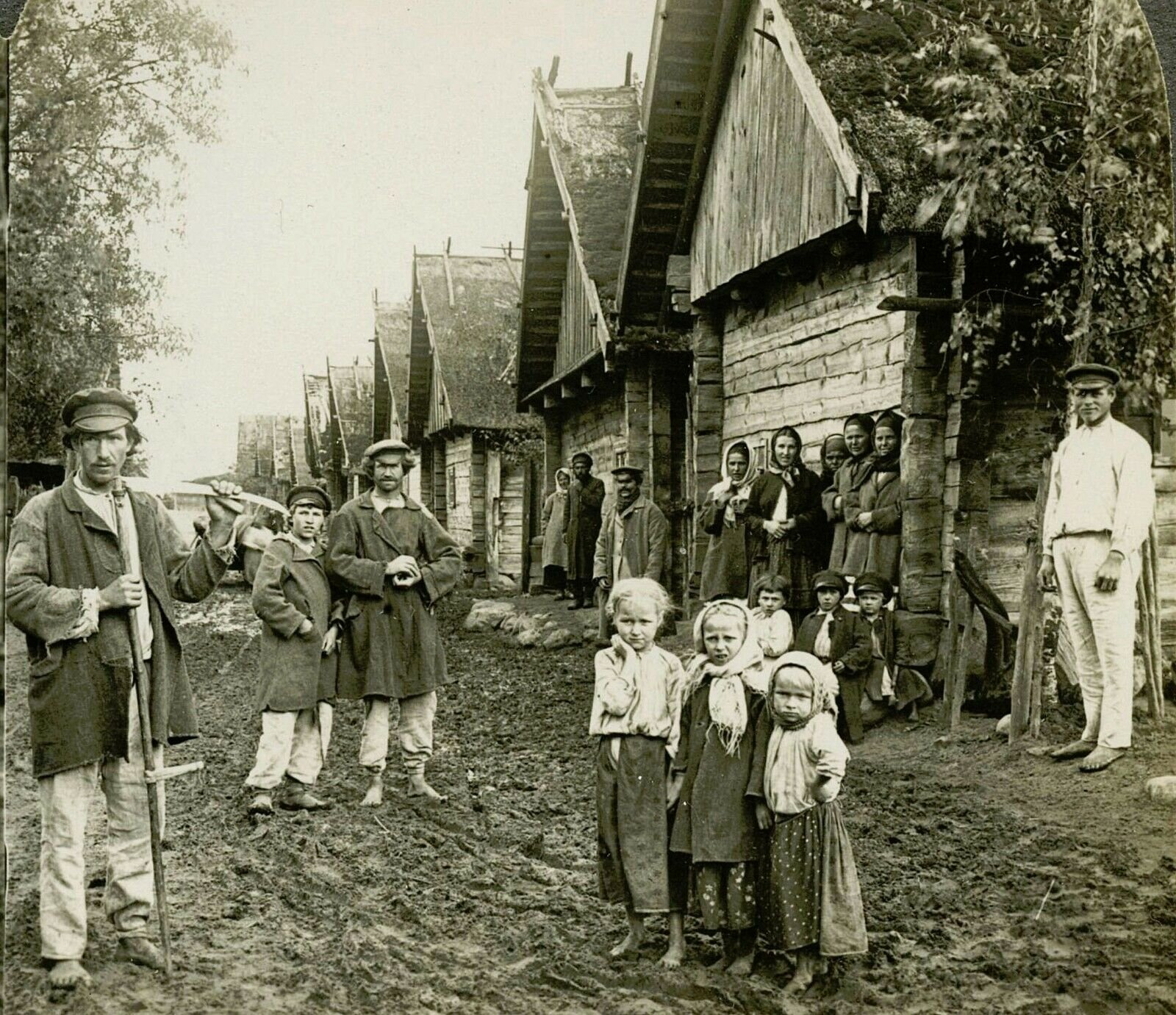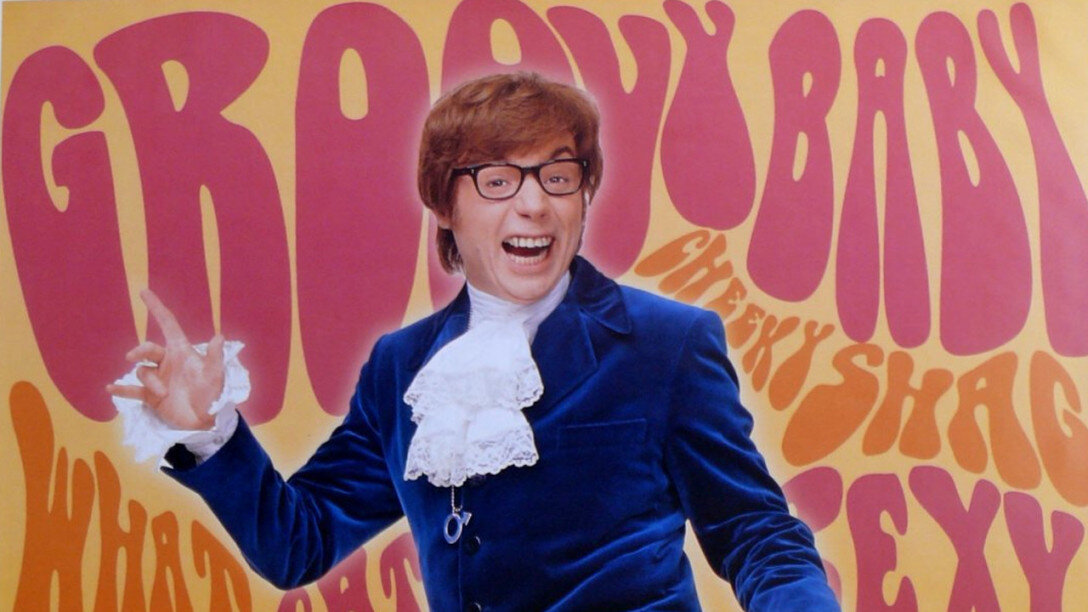Kombucha: An Origin Story
Before we get started, a health note: if you are a person with diabetes, hypoglycemia, other insulin/glucose regulating disorder(s), a recovering alcoholic, or someone with poor oral health, please consult your health care professional before consuming kombucha. All of these conditions that can be affected by kombucha.
Now, let’s explore kombucha!
The mostly widely known and accepted origin story about kombucha is that it was developed in 221BCE during the Qin Dynasty. It’s said that the emperor Qin Shi Huangdi was actually the one to first make and consume it, and he continued to drink it to maintain his heath and to live longer. It was, at the time, called “the remedy for longevity,” “the elixir of life,” and “the tea of immortality.” Translations vary, but you get the point - this stuff is all about living long and young. I really wanted to say it’s about “live long and prosper,” but y’all might not also be Trekkies. Of course, none of this could’ve been possible without Shen Nong, a different emperor alive around 2700BCE, who is thought to have first discovered tea itself. I’m a huge fan of Shen Nong, myself, because there isn’t a day that goes by where I don’t drink tea. My current favorite is an Anxi oolong, if anyone wanted to know that. I’m also a sucker for high quality puer, which can really elevate your pu’erh kombucha into something that will knock your socks off!
Qin Shi Huang. Photo courtesy of: https://www.ancient-origins.net/history-famous-people/king-who-made-war-illegal-challenging-official-history-art-war-and-first-021305
Somewhere around 410CE, a Korean doctor called Komu-ha or Kon Mu brought this drink over to Japan, gifting it to the Emperor Inyoko, who evidently also enjoyed it and noted its health benefits. This part is not legend, because it’s recorded in ancient Japanese scrolls. His name is frequently changed in contemporary legends to Kombu, but that’s not a Korean surname and so it’s probably being mis-transliterated into a closer match to kombucha. Either way, it’s this guy that kombucha is named after. Kombucha eventually became a tool of the Samurais, who drank it for increased strength and energy. This was probably a much healthier option than whatever the Viking Berserkers were up to in order to become such fierce and terrifying warriors.
Emperor Ingyō. Photo courtesy of: https://en.wikipedia.org/wiki/Emperor_Ingy%C5%8D
Kombucha translates literally into kelp tea or kombu kelp tea (sources vary), and that’s actually how it’s made in Japan. You take some dried kombu like you would to make dashi, make a tisane (tisanes are teas that aren’t made with actual tea leaves), add some salt, and drink up. This would also be really good for you, but it isn’t fermented. Because of the insanely high iodine content in kombu kelp, this is an excellent dietary supplement for those of you who prefer not to consume iodized salt. The kelp, water, and salt version is the base model, as it were, but there are lots of variations. Kombucha as we think of it in Japan is called kocha kinoko, so you’ll want to note that so you can make sure you’re ordering what you think you are if you’re in Japan.
This is dried kombu. Photo courtesy of: https://www.downtoearth.org/recipes/beverages/kombu-tea
From there, kombucha spreads all along the Silk Road, making its way through Eastern Europe and Asia. People really dug it, and every culture puts its own spin on it. This is great, because it’s the whole reason you can get so many different varieties. If you’re in the market for a relaxing evening tea, I can’t recommend hibiscus highly enough. That said, the adaptability of this particular ferment allows for a wide range of possibilities, and I think you should explore that with your favorite herbs and brands of tea so you have a palette of base flavors to play with before you overlay fruits and the like during your second ferment.
Photo courtesy of: https://cleanfooddirtygirl.com/ancient-spice-trade-route-from-asia-to-europe/
Skipping over a ton of historical minutiae, we now move into the 20th-century, where kombucha storms Western Europe. During WWI, German physician Rudolf Sklenar saw it being used in Russia to treat soldier’s wounds, and he brought it home to use as a cancer treatment. Its popularity wanes during WWII rationing, and then kicks back up again in the mid-century, where it was again enjoyed throughout Europe. It is said that some Italians were stealing holy water to brew their kombucha with so it’d be more potent. I really like this story, but can’t find a definitive source to verify that it actually happened. So they say, though, when the priests figured this out, they understandably became upset and started preaching against kombucha. This purportedly, however, caused the death of kombucha popularity in mid-century Italy.
Image courtesy of: https://www.ebay.co.uk/itm/IMPERIAL-RUSSIA-VILLAGE-SCENE-PEASANTS-ORIGINAL-KEYSTONE-STEREOVIEW-PHOTO-/291807974176?hash=item43f11c5320:g:AZYAAOSwbYZXdlKi
In the 60s, kombucha becomes popularized by hippies in the States. Okay, maybe it was only popular with hippies and not everyone, but that’s okay. It was called “groovy tea,” because kombucha is groovy.
Image courtesy of: https://thedementedfairy.wordpress.com/2016/05/08/groovy-baby/
As it goes with kombucha, interest waxes and wanes, and it is next popularized in the States in the 80s, in some really interesting ways. It first picks up as a health beverage because of 1986 Chernobyl. It turned out that people who were drinking kombucha had fewer effects from the radiation, and some studies on the radioprotective effect of kombucha were done. This was confirmed again in 2011 with the Fukushima Nuclear Plant incident, again demonstrating some radioprotective effect in mild cases of radiation. For these reasons, many people undergoing chemotherapy consume kombucha (get your doctor’s permission before you do this, folks!) In the midst of all these nuclear events, there was a period in the 80s-90s when people with HIV were using kombucha as a treatment as well. This seems to have been helpful for some, but the CDC put the kibosh on this when a person died from severe metabolic acidosis as a result (the other victim of severe metabolic acidosis survived).
Photo courtesy of: https://www.globalresearch.ca/chernobyl-debt-truth/5686103
This moves us up to more recent times, when kombucha starts getting commercial, brought to you by Gen X. GT Dave, then a teenager, decides in 1995 to brew his kombucha and sell it to local area health food stores, sparking the development of an 800 million dollar global market. And the rest is, as they say, history.









